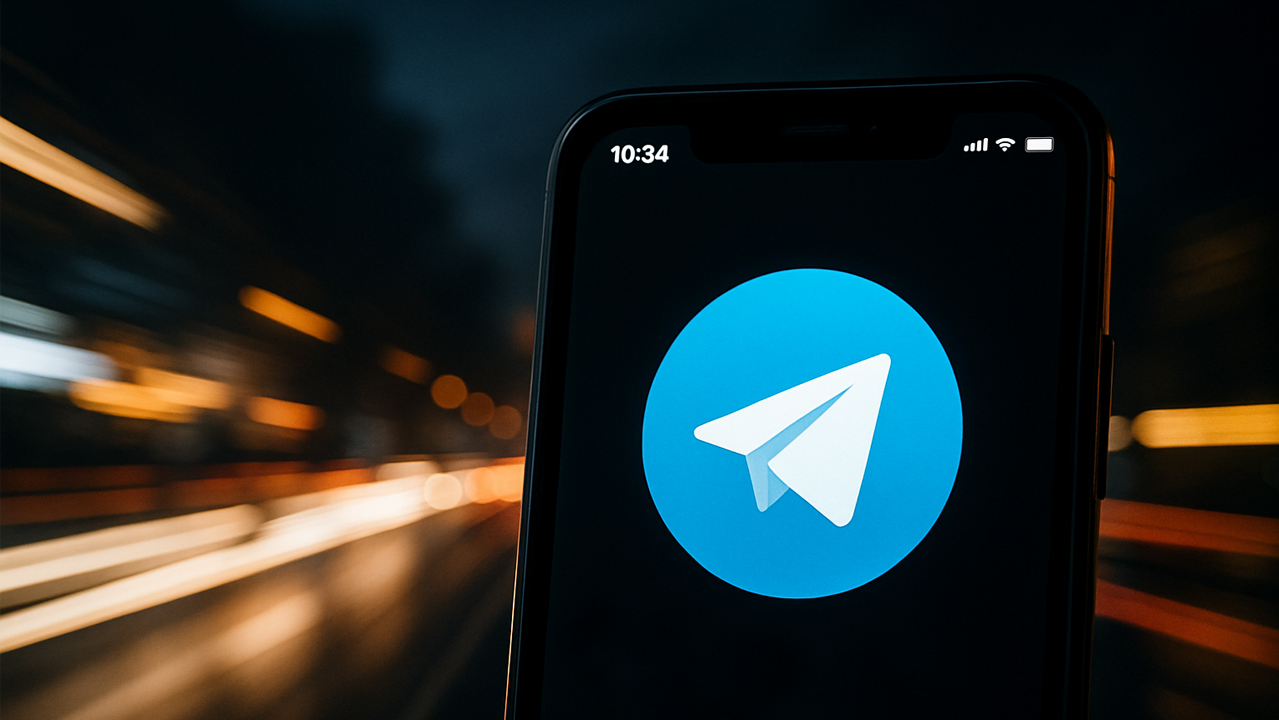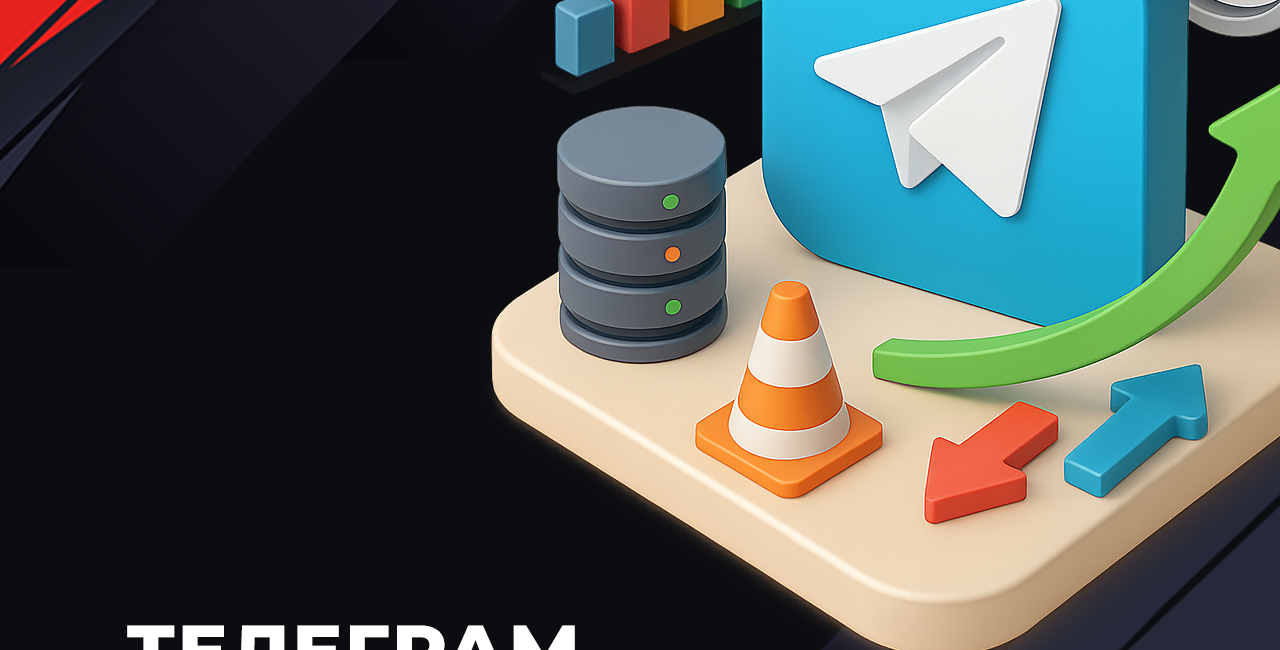In 2025, Telegram has finally established itself as one of the key channels for attracting traffic, monetizing and building a loyal community. With over 900 million monthly active users and growing business opportunities, the platform offers unique tools for marketers, arbitrageurs and brands. Let’s take a look at what’s really working on Telegram right now.
Mini Apps: A New Level of Engagement
Telegram is actively developing an ecosystem of mini-applications, allowing brands to create interactive services within the messenger. These can be games, booking services, stores, and much more. Users can interact with these applications without having to leave Telegram, which significantly increases engagement and conversions.
Examples of successful mini-apps include financial platforms and gaming services that attract millions of users. Integration with payment systems such as Telegram Payments allows purchases to be made directly within the app, simplifying the user’s journey from interest to action.
Monetization via Telegram Ads and Stars
Starting in 2024, Telegram will offer an official advertising platform, allowing channels with more than 1,000 subscribers to earn advertising revenue. Revenue is split 50/50 between the platform and the channel owner. Payment is made in Toncoin, which opens up additional opportunities for crypto-enthusiasts.
In addition, the Telegram Stars system has been introduced – an internal currency that users can use to support their favorite channels and purchase digital goods. This creates an additional source of income for content makers and stimulates the creation of quality content.

Growing influence of micro- and nano-influencers
In 2025, the trend is towards micro (10k-100k subscribers) and nano-influencers (up to 10k subscribers). Their audiences are more engaged and trust recommendations, resulting in higher conversions. Brands prefer to work with such Influencers to target their audience, especially in niche segments.
Platforms such as Telegram provide the perfect environment for such collaborations, allowing Influencers to interact directly with their audience through channels and groups.
Video content and gamification
Telegram is actively developing capabilities for creating and distributing video content. Time code integration, an improved video player and support for short video formats make the platform attractive for video marketing.
Gamification is also becoming a popular tool for audience engagement. The use of game mechanics in mini-apps and advertising campaigns increases user interest and promotes content distribution.
Artificial intelligence and personalization
AI technologies are playing an increasingly important role in Telegram marketing. AI-based bots provide personalized interaction with users, automate support and help generate leads.
AI is also being used to analyze user behavior and optimize advertising campaigns to achieve better results at lower costs.

Localized advertising and collaborations
As Telegram’s global audience grows, it becomes important to take into account cultural and linguistic specifics when promoting. Localized advertising campaigns and cooperation with local channels allow brands to effectively engage with different audience segments.
Cross-promotion with other channels and the use of local influencers helps expand reach and build brand trust.
Conclusion
In 2025, Telegram offers unique opportunities for promotion and monetization. The integration of mini-apps, development of the advertising platform, use of AI and cooperation with micro-influencers make Telegram a powerful tool for marketers and entrepreneurs.
To succeed, it’s important to stay on top of the latest trends, experiment with new formats and adapt to changes in audience behavior. Telegram continues to evolve, and those who can leverage its capabilities will have a significant competitive advantage.




No Comment! Be the first one.